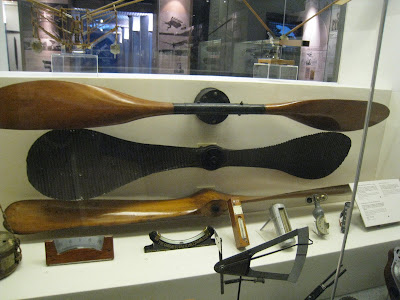
Wednesday, 16 March 2011
3-1. Experimentation

Tuesday, 15 March 2011
3-2. Experimentation tip
1. Ensure that your wings are dihedral. Dihedral wings fold upward, not downward. Look at your paper plane from the front or back; if the wings are pointing down to the ground, readjust them so that they point upward.
2. Make sure the plane is stable. Stability in aeronautics doesn't mean that the plane will come apart; stability means that the plane has a center of gravity at a neutral point where the plane will return to if disturbed. A nose-heavy or back-heavy paper plane will most likely fly for only a few seconds. For the common dartlike paper airplane, the plane is stable if the neutral point is half the distance from the nose to the tail. Balance the plane on a finger or small object. If it doesn't balance at that central point, readjust the weight by refolding the wings or nose.
3. Throw your plane as high as you can to maximize time in the air.
4. Throw the plane as fast as possible. Ken Blackburn, the Guinness world record holder for the longest paper plane flight of 27.6 seconds (as of June 2010), estimates the plane leaves his hand at 60 mph.









